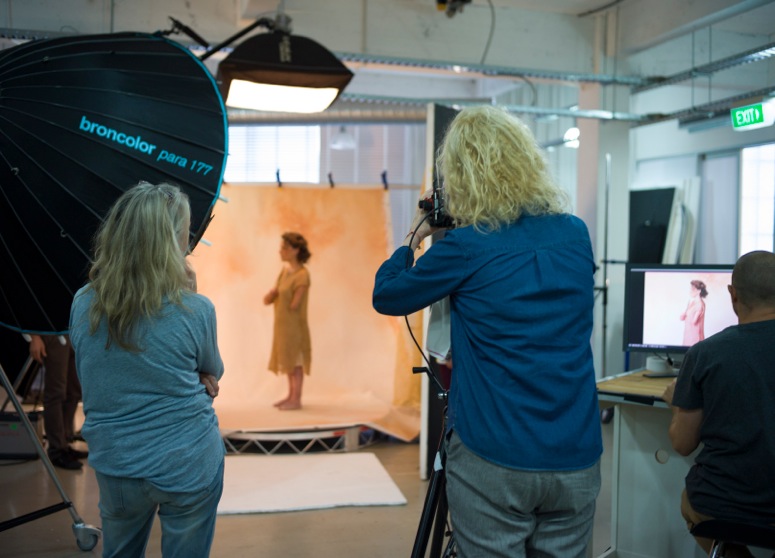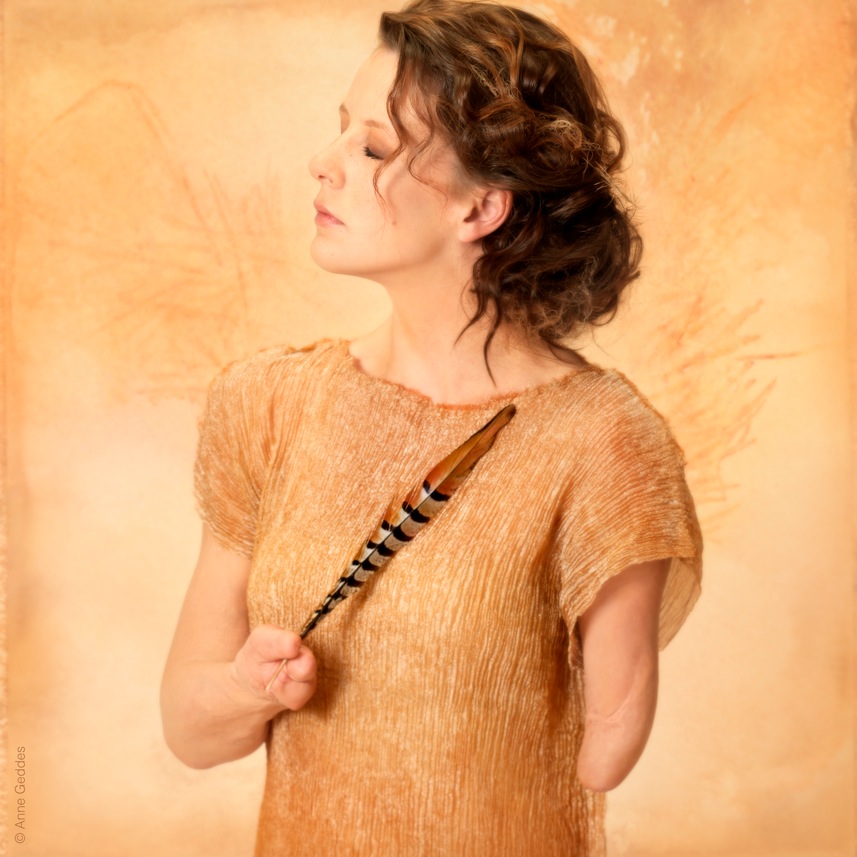Last September Meningococcal Australia along with Anne Geddes started a campaign to photograph survivors of meningococcal and produce a book full of beautiful images.
I was in a privileged position to attend the Anne Geddes’ photoshoot and the culmination of all that hard work has produced an ebook (available for free through the Apple iTunes store); Protecting Our Tomorrows featuring 15 courageous survivors of meningococcal disease and their families, was released today in conjunction with World Meningitis Day; 24 April.
It is very important to get this information out there.
Professor Robert Booy, Head of Clinical Research at the National Centre for Immunisation Research and Surveillance (NCIRS) says
“While meningococcal disease is quite rare, we can’t be complacent. This rapid and aggressive disease continues kill and leave victims with serious permanent disabilities. Across the country, meningococcal disease continues to affect between 200 and 250 people every year, with the majority of these cases being caused by meningococcal group B. ”
But Meningoccocal B does not have a vaccination as yet and one of the survivors of meningococcal Danielle says this is what she hopes this campaign can advocate for. “I hope it can convince governments to fund the meningococcal B vaccine”, she says.
But I want to actually write a more personal account of when I met Anne, Danielle and her mother, Leanne.
Arriving at the photography studio there were the usual PR people, experts and spokespeople that I was introduced to. And then of course Danielle and her mother Leanne.
Meeting Danielle is one of those confronting moments. I wanted to acknowledge Danielle’s obvious amputations but I didn’t want to make a big deal. I didn’t want to define her by that alone.
We sat down at lunch and the experts and spokespeople spoke with me along with Leanne telling me her story of how, as a mother, it feels like to see your child so sick, so quickly.
Danielle didn’t speak much but I watched her carry on just like the rest of us. Eating our lunch, getting a drink, getting up from the table. All these things I take for granted.
Because the reality is meningococcal is a random disease. There is no explanation as to whom it will affect. Whilst the vaccination for Meningococcal C has greatly reduced the rates of infection, this Protecting Our Tomorrows campaign is aiming to encourage government in funding a Meningococcal B vaccination.
As you will see in Danielle’s photos her left arm at the elbow, four fingers, toes have been amputated. Danielle has also had her big toe grafted onto her hand to give her a thumb like grip in addition to extensive skin grafts on her legs and arms.
But while she has physical amputations her spirit is anything but amputated. And that is exactly what Anne Geddes has captured. Anne, the absolute superstar she is, took photos of Danielle (and all the survivors of meningococcal) highlighting their amputations but at the same time in these photos you don’t see them at all. You see the person as a whole. I don’t know how Anne managed to do that, but I suppose that’s what makes Anne the artist she is.
Anne and her husband Kel have these enormous hearts that is so abundantly clear to whoever meets them and it shows through their work.
I absolutely implore everyone to watch the following video. I won’t lie to you, it’s an emotional ride but who are we without our emotions and our emotions are our motivation to do something good.
FURTHER INFORMATION
Meningococcal disease, while rare, is a sudden and severe illness that can lead to death in less than 24 hours. It can present as meningitis (an infection of the membrane around the brain and spine), septicaemia (blood poisoning), or a combination of both. Infants, teenagers and young adults are most at risk of contracting this sudden and potentially deadly disease.
Signs and symptoms can include:
Meningococcal meningitis
Severe headache
Stiff or painful neck
Sensitivity to light
Vomiting
Drowsiness, loss of consciousness, convulsions
A rash may develop in the later stages
Meningococcal septicaemia
Shivering, chills, cold hands or feet, skin colour changes
Sudden, severe pain in arms, legs, joints and stomach
Fever, thirst, nausea, vomiting, maybe diarrhoea
Drowsiness, loss of consciousness, rapid breathing
Spots or pinprick rash (develops to purples blotches)
For babies – additional symptoms may include:
Refusing to feed, fretfulness
Shrill or moaning cry
Blank and staring expression
Being floppy or lethargic
Arching of the body or neck
Tense or bulging fontanelle (the soft spot of the baby’s head)
For more information go to Meningococcal Australia or talk to your local GP.


